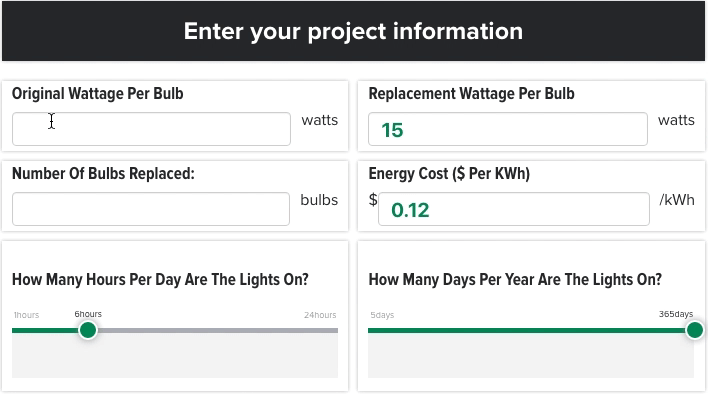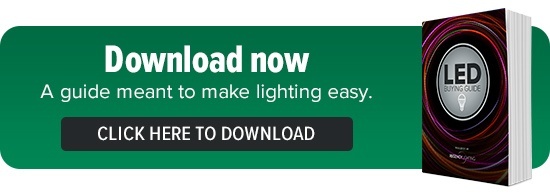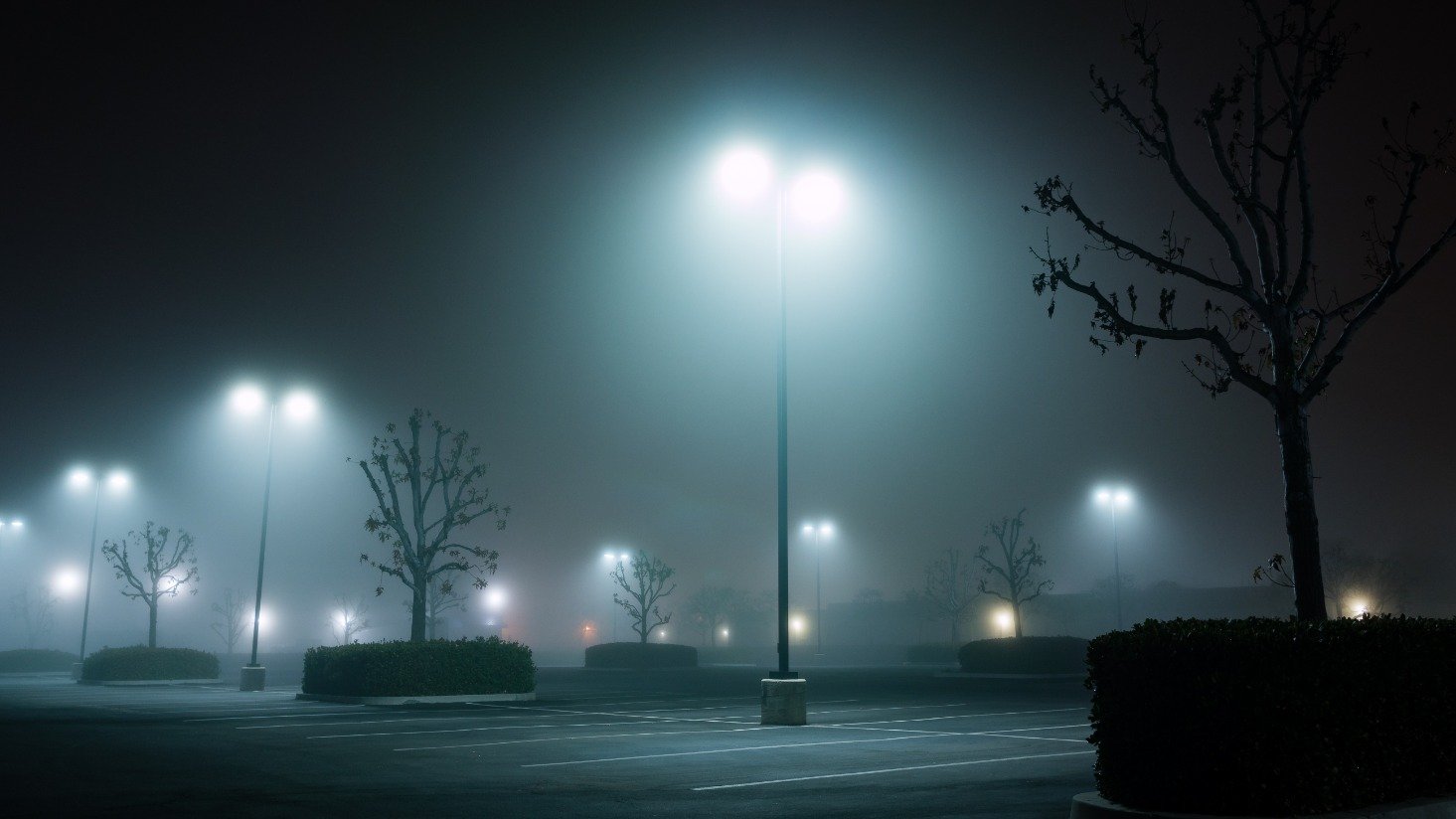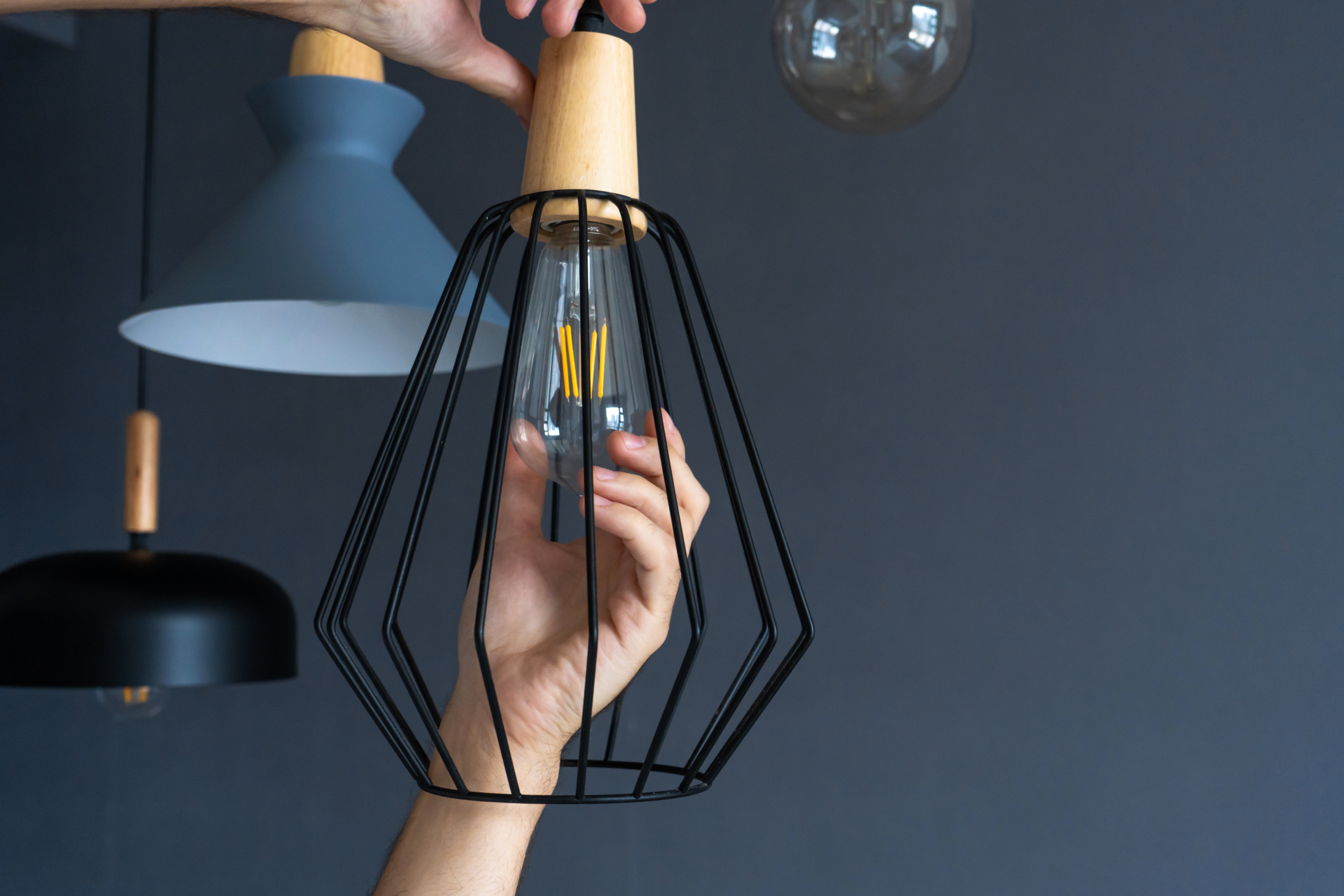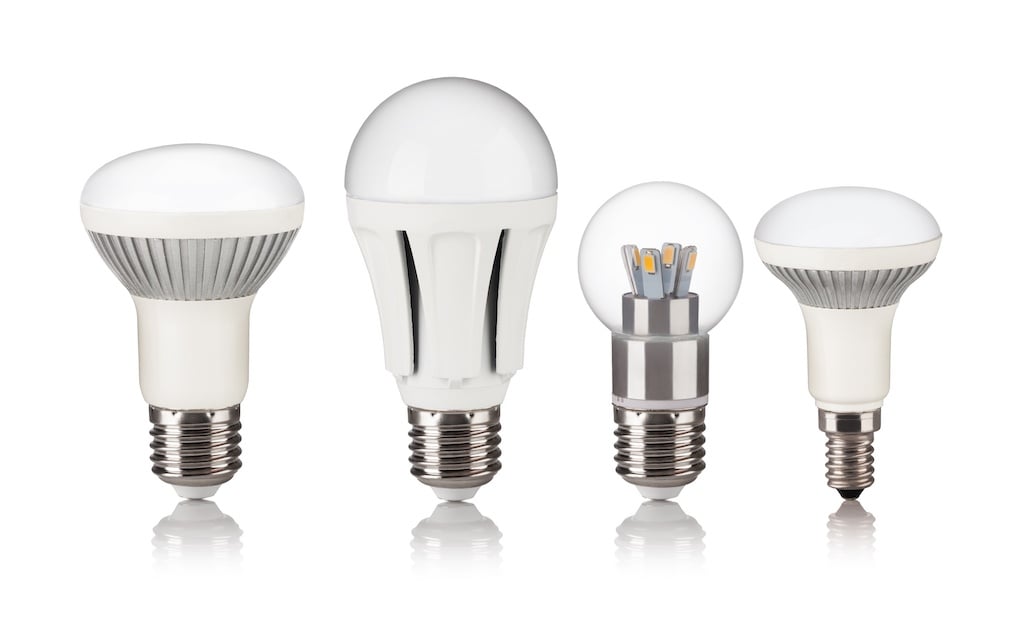How to read a light bulb part number: HID lamps

We teach HID part numbers on Fridays in our School of Lighting program, and that's fitting because they're pretty easy, relative to fluorescents and incandescents.
After new employees spend hours trying to memorize chart after chart for incandescent and fluorescent part numbers, HIDs feel like a gift.
And if you've been tracking with our part numbers series so far, you might feel the same way, now that we've arrived at HIDs.
Breaking down HID part numbers
Let's start with the part number of a common metal halide HID lamp:
MH175/U/MED
Now, we'll break it up to show you what each section corresponds to:
MH175 – The first section in the part number tells us the lamp type and wattage of the lamp. In this case, it's a
U – The second section in the part number tells us the description of the lamp. In this case, it's a "universal burn" metal halide, meaning it can be installed base up
MED – The third section in the part number tells us the base type. If no base is listed, we can assume it's mogul, but in this
Types of HID lamps
There are five main types of HID lamps:
- Metal halide
High pressure sodiumLow pressure sodium- Mercury vapor
- Ceramic metal halide
Here are how the three big manufacturers – Philips, Sylvania, and GE – notate these lamp types in part numbers.
| Type | Philips | Sylvania | GE |
| Metal halide | MH | M | MVR |
| C | Lu | Lu | |
| SOX | SOX | SOX | |
| Mercury vapor | H | H | HR |
| Ceramic metal halide | MC/ MCP | CDM | CMH |
Wattage in HID lamp types
It’s not uncommon to see HID lamp wattages reach 1,000. This wattage can give you an idea of what type of base the HID lamp needs.
For example, most of the time, anything below 150 watts has a medium base. And anything above 300 watts typically has a mogul base.
Base types for HID lamps
Most HID lamps have either a medium or mogul base. Some ceramic metal halides also come in a
Mogul bases are always assumed in the part number.
If it is a medium base you’ll see one of the abbreviations below:
MED = medium (Philips)
M = medium (Sylvania)
Descriptions in HID part numbers
There are only a few HID descriptions that we require our School of Lighting students to learn.
The first set of abbreviations describe the orientation of which way the base needs to screw into the socket.
U = universal burn
BD = base down burn
BU =
HOR = horizontal burn
Here are a few more abbreviations you may see:
C = coated
D = dipped
(Both of these just mean the lamp is white, not clear)
Alto = low mercury (Philips)
ECO = low mercury (Sylvania)
ANSI code in HID part numbers
Lastly, HID lamps do have ANSI (American National Standards Institute) codes. We usually tell our School of Lighting classes that, because the part numbers are so stripped down and minimal, if there is something you don’t recognize in one, it’s probably safe to assume it is an ANSI code.
The nice part about HID lamps is that each lamp has its own ANSI code. The code will tell you exactly what ballast the lamp requires and any fixture requirements. This makes replacing lamps in the HID family streamlined and easy.
Here are a few of the most common ANSI code abbreviations we see:
E – Enclosed
O – Open
F – Enclosed fixture w/ UV filter & lens
S –
H – Mercury
M – Metal halide
L –
C – Ceramic metal halide
Typically, an ANSI code looks something like this:
S54
The S in the above code denotes the lamp as a
Here is an example of an entire part number with the ANSI code in it.
C100S54/D/ALTO
- C =
high pressure sodium (Philips) - 100 = wattage
- S54 = ANSI code
- D = dipped (white)
- ALTO = low mercury (Philips)
- Assumed base = Mogul
Beyond ANSI codes, lamp types, wattages, and descriptions, there are a few more nuances you may see in HID part numbers along the way. But, overall, that’s about it!
Now, if you were part of our School of Lighting program you’d probably end up spending the rest of your day studying for the final exam. But, if you’re just keeping up with this part number series to help get a better grasp on lighting knowledge, then you’ve reached the end with traditional lamp sources!
What does it mean to 'make lighting easier'? 10 ways Regency simplifies lighting for customers
